These 2,000-Year-Old Roman Eggs Are Still Intact; What’s Inside Left Experts Astonished
There was to be a major construction in Aylesbury, central England, at a specific location called Berryfields. However, due to the historical heritage of the site, the local authorities agreed to allow some archaeological excavations to be conducted before construction work began.
The Oxford Archaeology team proceeded with excavations and made several astounding discoveries. One of the findings included chicken eggs that were found to be about 1,700 years old.
The Mystery of the Millenia-Old Eggs
Upon their first encounter with the ancient eggs, many questions propped up about how the eggs got to the pit in which it was found and how they managed to remain intact for almost 2,000 years.
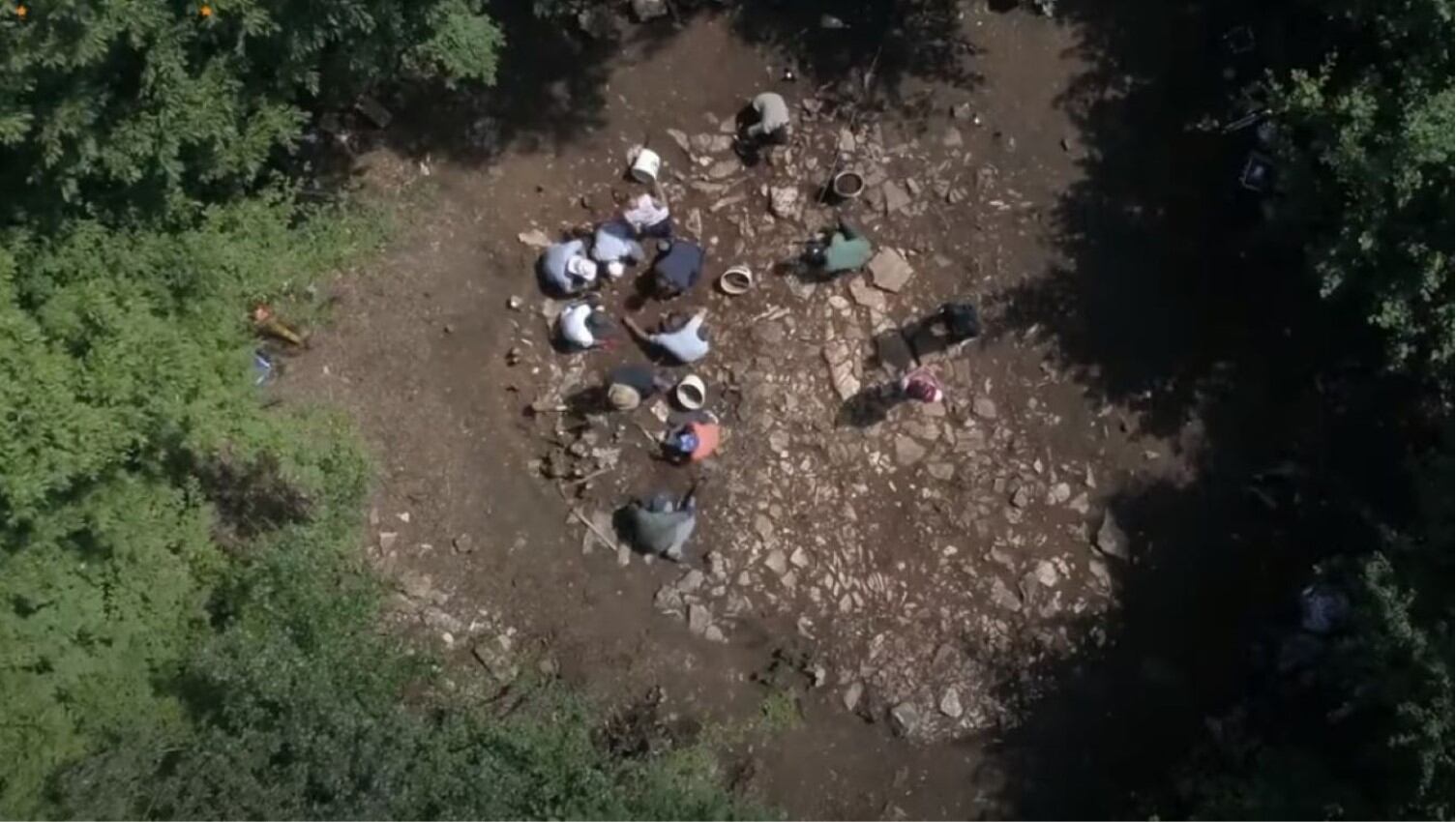
Source: YouTube
To get the answer to these questions, the Oxford Archeological Team had to piece together clues. They had to find other artifacts around the Berryfields area to help them understand the region’s culture and way of life two millennia ago.
Meet the Multifunctional Pit
Archaeological experts have a lot of doubt about the conditions to which the eggs were subjected. However, they have to agree on an important clue: the pit that nurtured the eggs did not serve a single purpose over the ages.
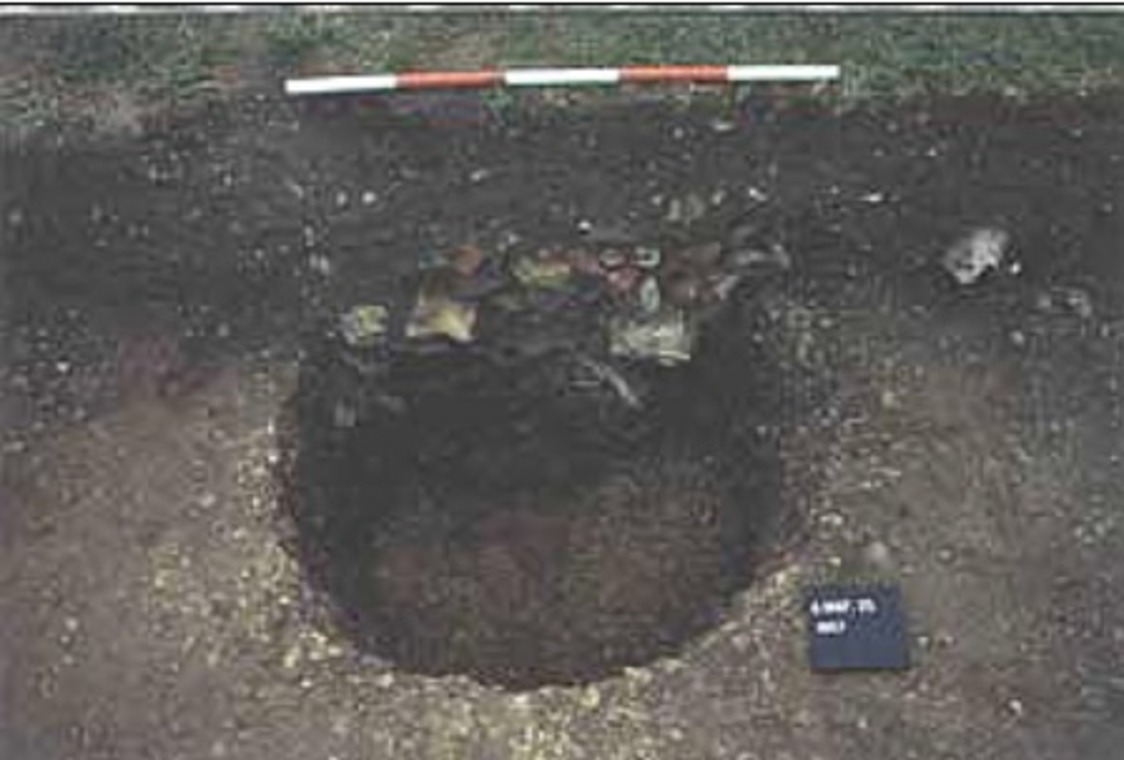
Source: University of Reading
Judging by the common usage of Roman pits down the ages, the researchers believe the pit must have been used for grain storage at some point, and as a wish well later on.
The Spotlight on the Berryfields Area of Central England
The archeological team sought permission to survey the Berryfields area because they reckoned the region would likely be littered with ancient artifacts. Remains of an ancient Roman road were found in the locale, and they suspected that Berryfields probably was the site of a settlement along the old road.

Source: YouTube
Historical records show that the Roman Empire had a tremendous influence on Britain. In fact, the city of London was named Londinium from Rome during the Ceasarian era.
How a Roman Road was Built in Britain
History has it that around 50 BC, Julius Ceasar invaded Britain on multiple occasions with his massive army. At a point, he prevailed and initiated the construction of a road network throughout Britain. The Romans had a knack for infrastructural penetration.

Source: YouTube
So, the old Roman road that cut through present-day Berryfields must have been a trade route for merchants visiting Britain from other parts of the Roman empire.
Conquering by Trade
The Roman conquest of Great Britain was rather subtle. After their first two invasions of the region and retreat to Rome, the Romans made the Brits relax and massaged the soured relationship by instituting trade.

Source: Flickr
However, the Romans took advantage of their influence in the British Isles. Their trade had made them familiar with the landscape and territorial features of Great Britain. So, when they attacked again with a 4,000-strong force, the land was taken with ease.
Panning for Archaeological Gold
Archaeologists from Oxford were quite aware that the Berrysfield area is symbolic in the interception of British and Roman culture.
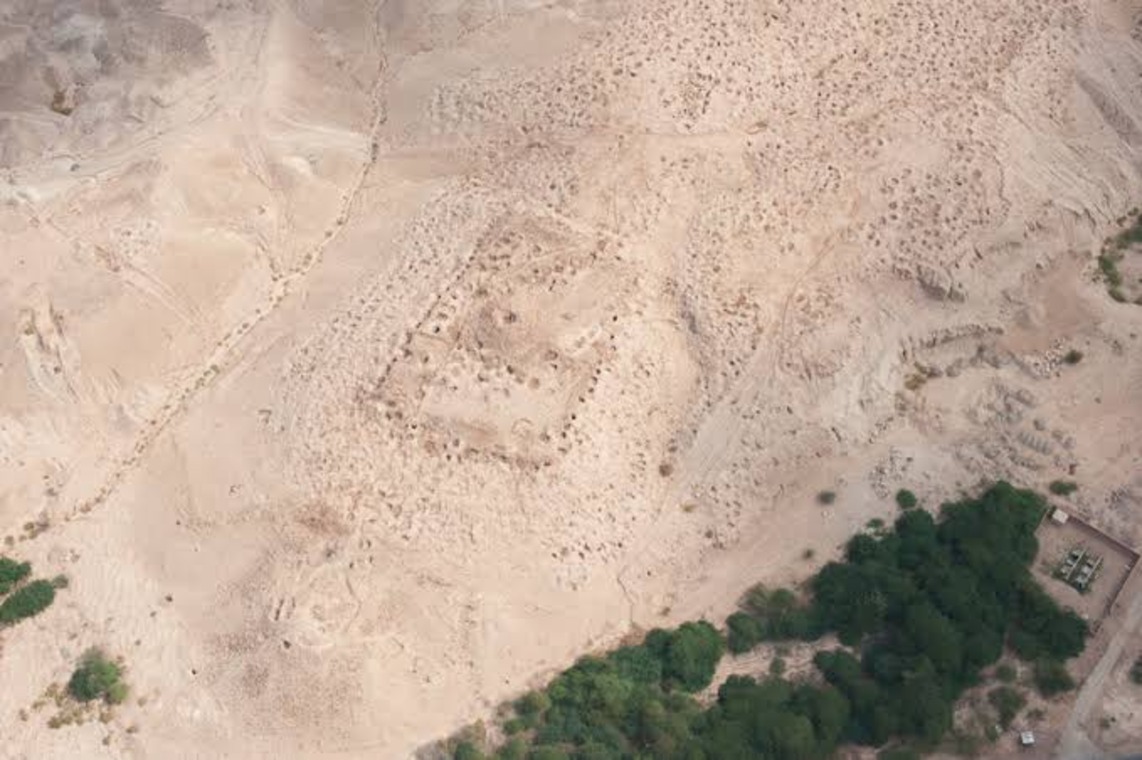
Source: British Council
Also, while the infrastructural projects that were proposed in the area are of great socio-economic importance, they couldn’t afford to brush aside the prospect of unearthing historical treasures from Roman ruins in the area. So, the researchers got right to work to see how much artifacts could be salvaged before construction commenced.
Timeline of the Berryfields Archeological Survey
The surveys done by the Oxford Archeological team took longer than expected. However, they had a lot of spectacular artifacts to show for it. The team started digging in 2007 and did not pack up their tools until 2016.
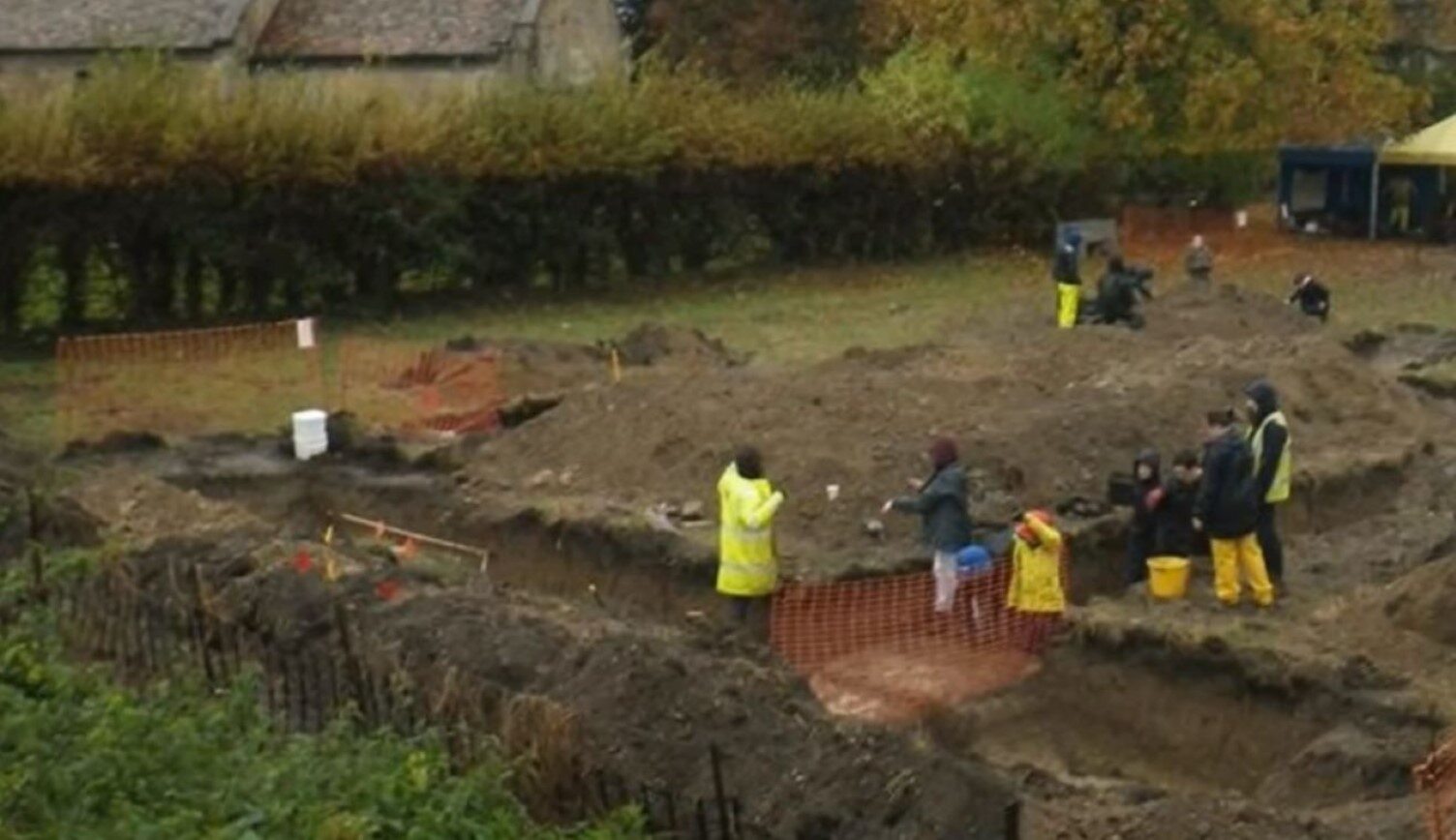
Source: YouTube
It was in 2011 that they made one of the survey’s most interesting finds. Before that, they had found a settlement along the Roman road, with ruins of houses, a crematorium, and even an ancient brewery.
Astrological Alignment of Excavated Structures
Among the many structures unearthed during the excavations were three roundhouses which the researchers believe are relics of ancient Roman settlers in the area.
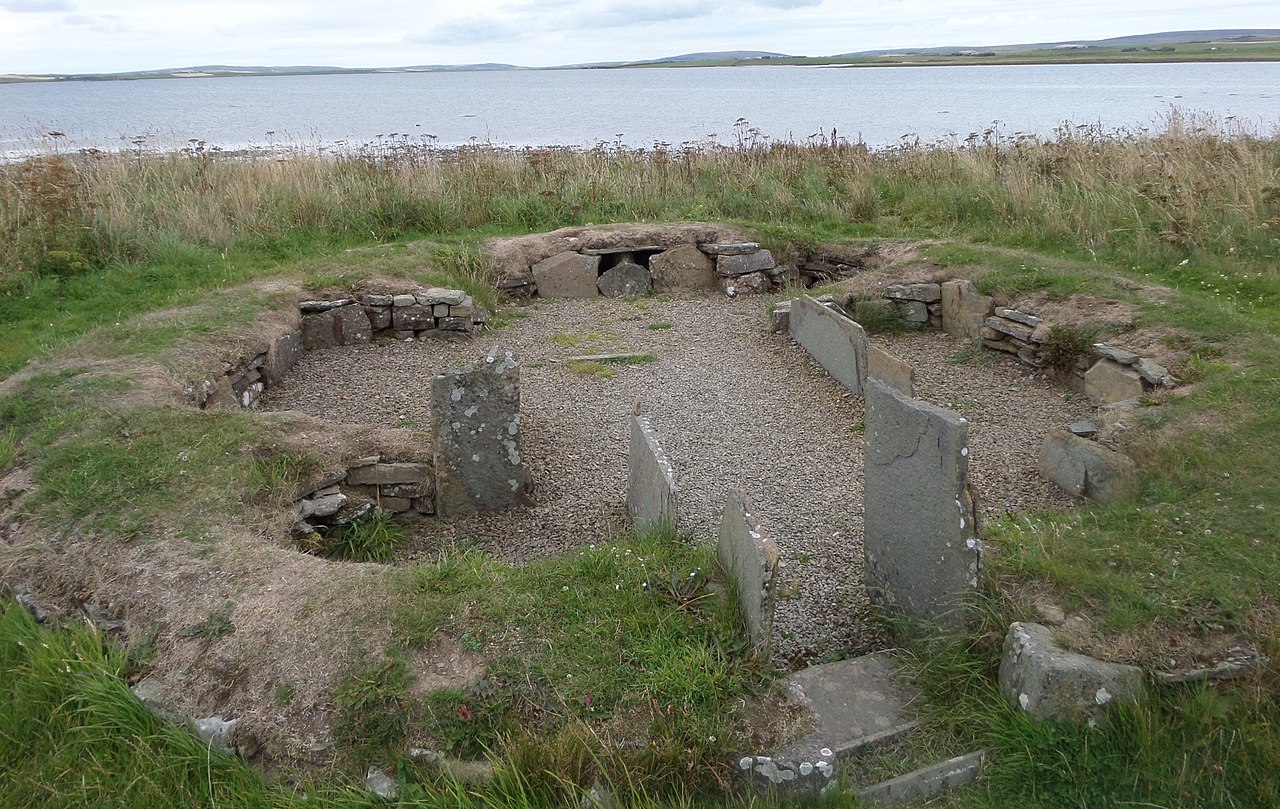
Source: Wikimedia Commons
The baffling thing about these structures is their technological sophistication. No, they were not 3D-printed, however, they were way advanced for ruins dated back to the Bronze and Iron Age. It was discovered that the entrances of these residential structures are all aligned to the east.
Traces of Subsistent Agriculture
The Oxford Archaeological team did not limit themselves to excavating around the Roman road alone. Some members of the team were designated to simultaneously excavate a bit farther from the roads.

Source: Wikimedia Commons
They discovered that the Roman settlers in that area were also farmers. The off-road excavations unearthed markings of manmade enclosures, obviously constructed for domesticating animals. Interestingly, true to this theory, a lot of animal bones were found in the same location.
Eggs Preserved in a Pit
The ancient eggs were found in a pit just off the old Roman road. The team could tell they belonged to a chicken even before the final exhumation. However, they could not figure out the purpose of the pit. The function of the hole became a puzzle not because of the eggs but because of the other items that were dug up alongside them.
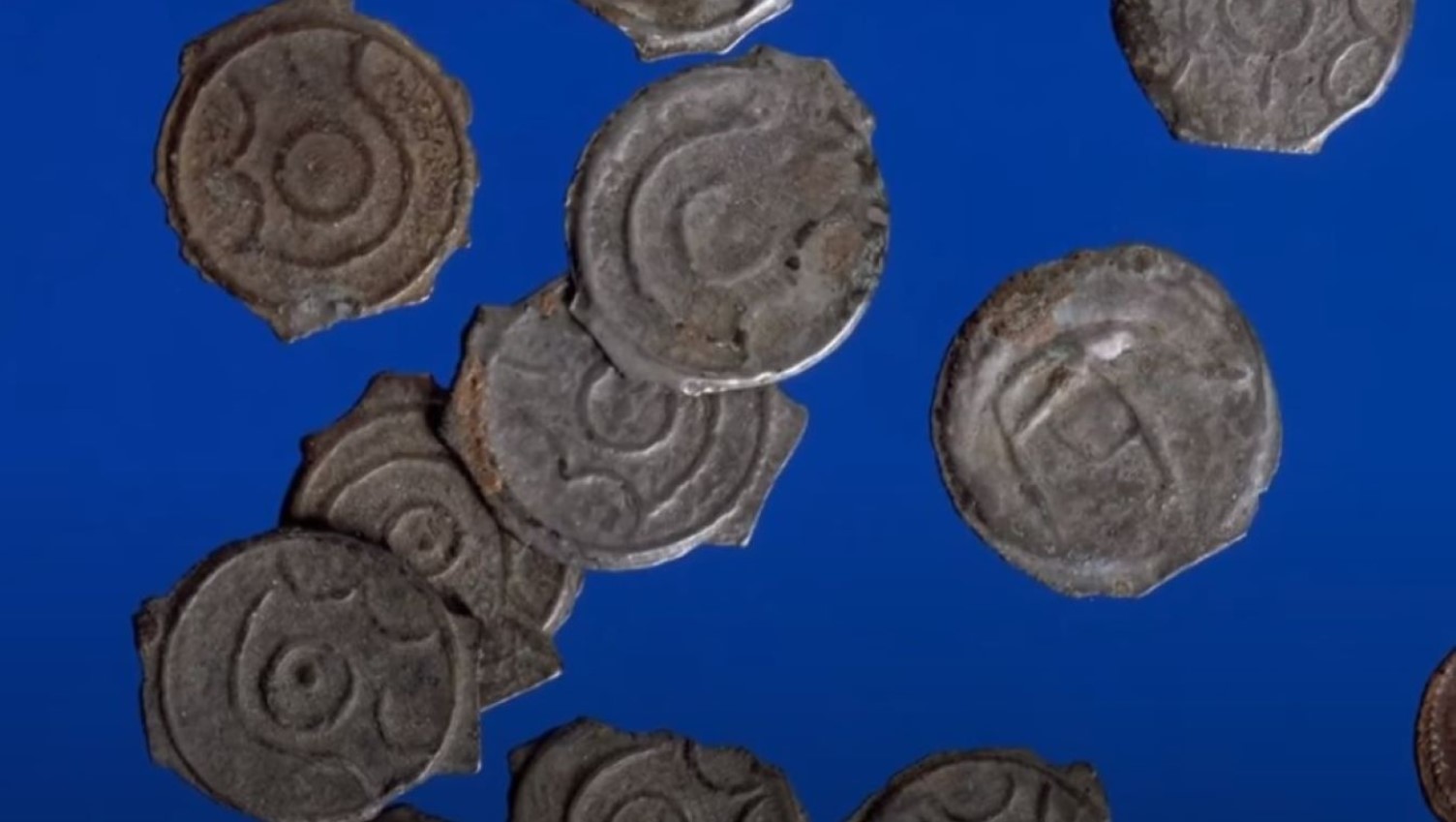
Source: YouTube
Besides the eggs, they found a woven basket, a tray, pottery, a leather shoe, over 40 coins, and a pair of animal skeletons.
Clues From Some of the Unearthed Artifacts
First, for the pit to have preserved the eggs for so long, it must have contained or allowed a steady inflow of water. Also, the survey team believes that the coins indicate that the Berryfields ancient settlement was either a marketplace or an administrative outpost.
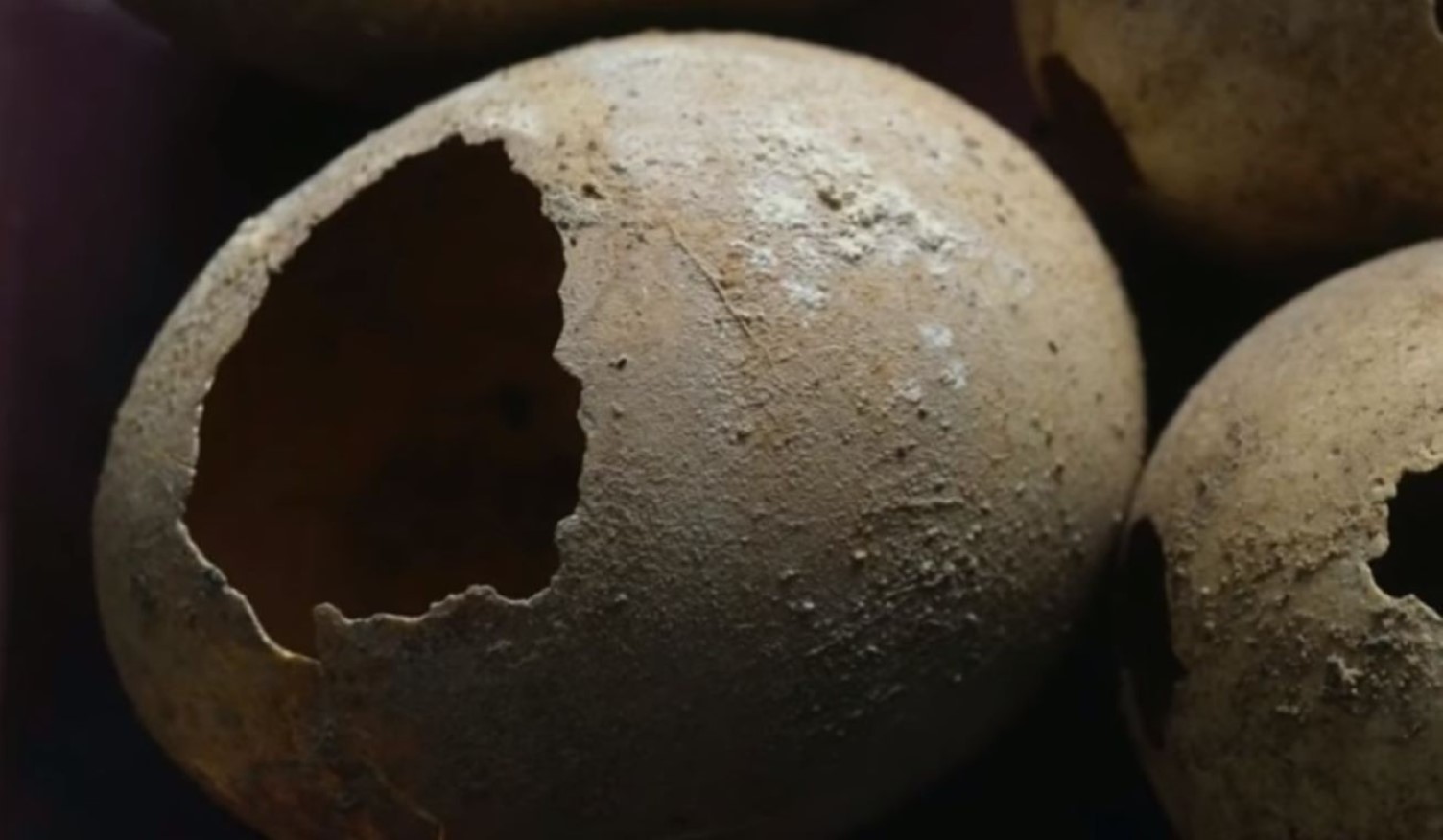
Source: YouTube
The Oxford Archeological team concluded that the purpose of that pit must have changed somehow in the course of the existence of the Roman roadside settlement.
Salvaging the Ancient Eggs
During a 2019 interview, Stuart Foreman—the Oxford Archeological team project manager—stated that the primary reason for the eggs remaining intact after many years is the presence of water in the pit. Only one of the four chicken eggs was cracked, while the other three were found intact.

Source: YouTube
However, the eggshells had become incredibly fragile, and despite all the professional precautions of the archeologists, two eggs cracked while only one was removed from the pit uncompromised.
Theorization About the Pit’s Purpose Continues
It has been agreed that the excavated Berryfields settlement must have been busy on the old Roman road. Some experts suggest it may have been a variant of a wishing well.

Source: YouTube
During the dominance of the Roman Empire, ancients were known to offer gifts and sacrifices to gods of commerce and fertility. That explains the variant of items found in the pit.
Occupational Hazards of Digging Up 1,700-year-Old Eggs
Remember we mentioned two of the three intact eggs cracked during the digging? The Oxford Archeology team reported the stench that trailed the crack to have been petrifying. The only intact egg was carefully wrapped and transported to the Buckinghamshire County Museum.
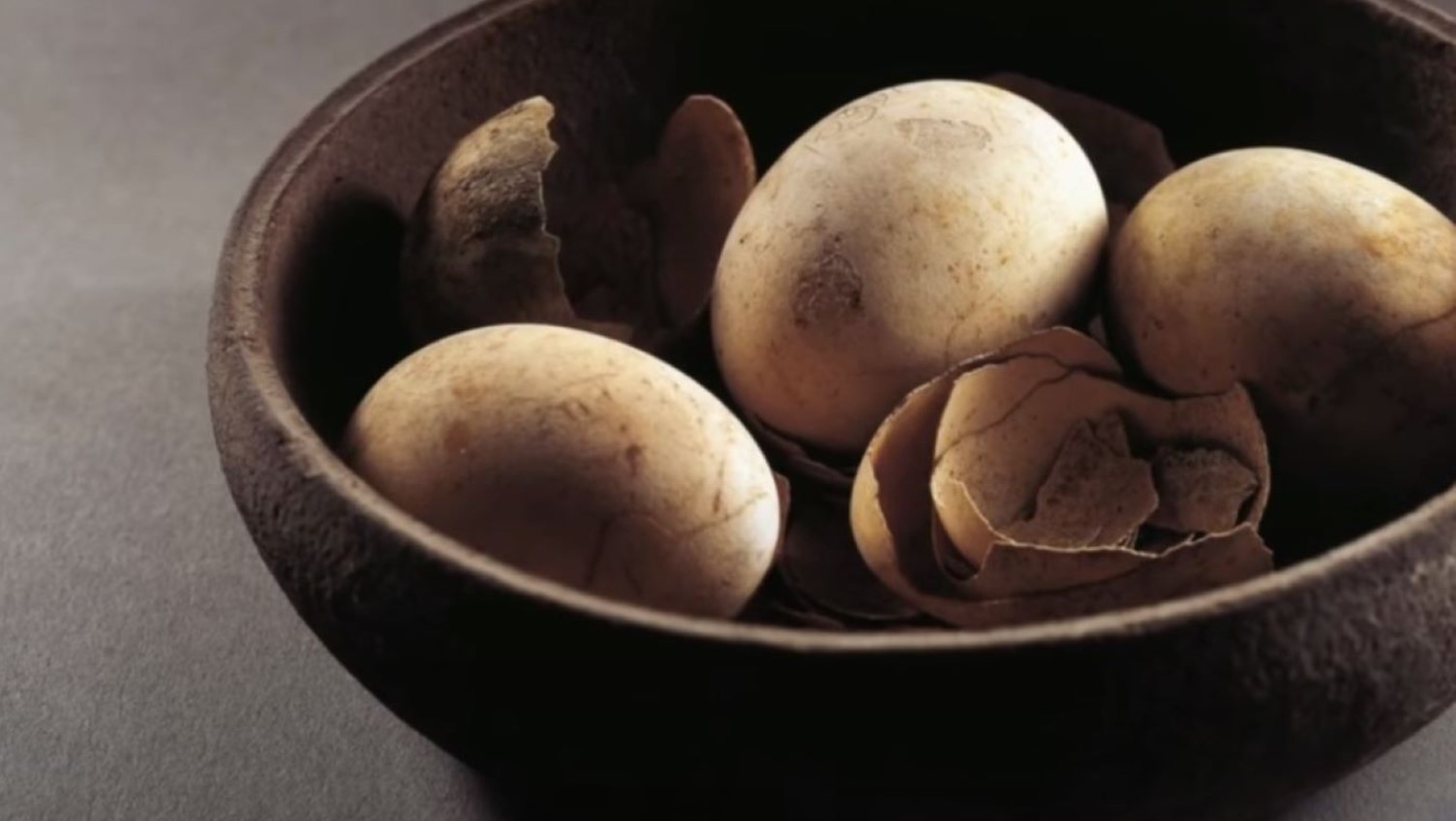
Source: YouTube
The survey team could not achieve all their research objectives, but they walked away from Berryfields fulfilled by their astounding finds.
